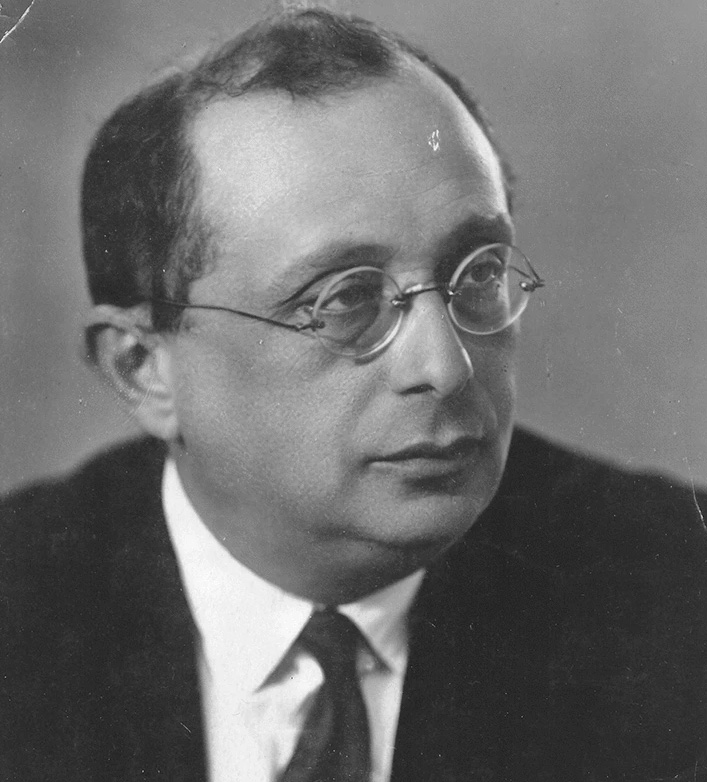EPJ H Highlight - Lev Strum: A forgotten physicist who predicted the foundations of tachyon theory
- Details
- Published on 27 June 2025

A new paper reviews the life and career of Lev Strum: a little-known physicist who faced a tragic fate, and whose ideas about faster-than-light travel were revived decades later with the emergence of tachyon theory.
Ever since Einstein developed his theory of Special Relativity in 1905, physicists have widely accepted that no particle or information-carrying signal can ever travel faster than the speed of light in a vacuum. Following Einstein’s theory, however, the idea persisted that faster-than-light motions could still be possible in some cases. By far the most well-known revival of this idea was the emergence of tachyon theory in the 1960s.
Decades earlier, however, many of the most important elements of tachyon theory were also proposed by Lev Strum: a Ukrainian-Jewish physicist who ultimately faced a tragic fate, and whose name has been almost entirely forgotten. Through a new study published in EPJ H: Historical Perspectives on Contemporary Physics, Helge Kragh at the University of Copenhagen reviews the ideas proposed by Strum, and presents a biography of his life and scientific career.
Today, the name ‘Strum’ is known in the literary world as the protagonist of the 1960 novel Life and Fate, by Vasily Grossman. In the novel, Viktor Strum is a brilliant physicist who faces a constant struggle against the politics of Stalin’s USSR in the 1930s and 40s. Yet although the novel is considered a masterpiece of 20th century literature, Lev Strum – who was possibly Grossman’s real-life inspiration for his protagonist – has been largely forgotten.
Through a series of papers published in the 1920s, Strum argued that, within the framework of relativity, certain forms of faster-than-light signals might not violate causality – through which a cause must precede its effects. Yet although his work was published in mainstream journals including Nature, they attracted little attention. Subsequently, Strum’s life and career was heavily impacted by the Stalinist regime, and he was ultimately executed in 1936 under false charges.
In the 1960s, physicists with no knowledge of Strum revived several of his key ideas, culminating in the emergence of tachyon theory. Since the 1980s, tachyons have largely fallen out of favour in mainstream physics, and are now treated as an interesting yet impractical concept in mathematics.
Kragh, H. Tachyons before tachyons: Lev Strum (1890–1936) and superluminal velocities. EPJ H 50, 9 (2025). https://doi.org/10.1140/epjh/s13129-025-00103-z




